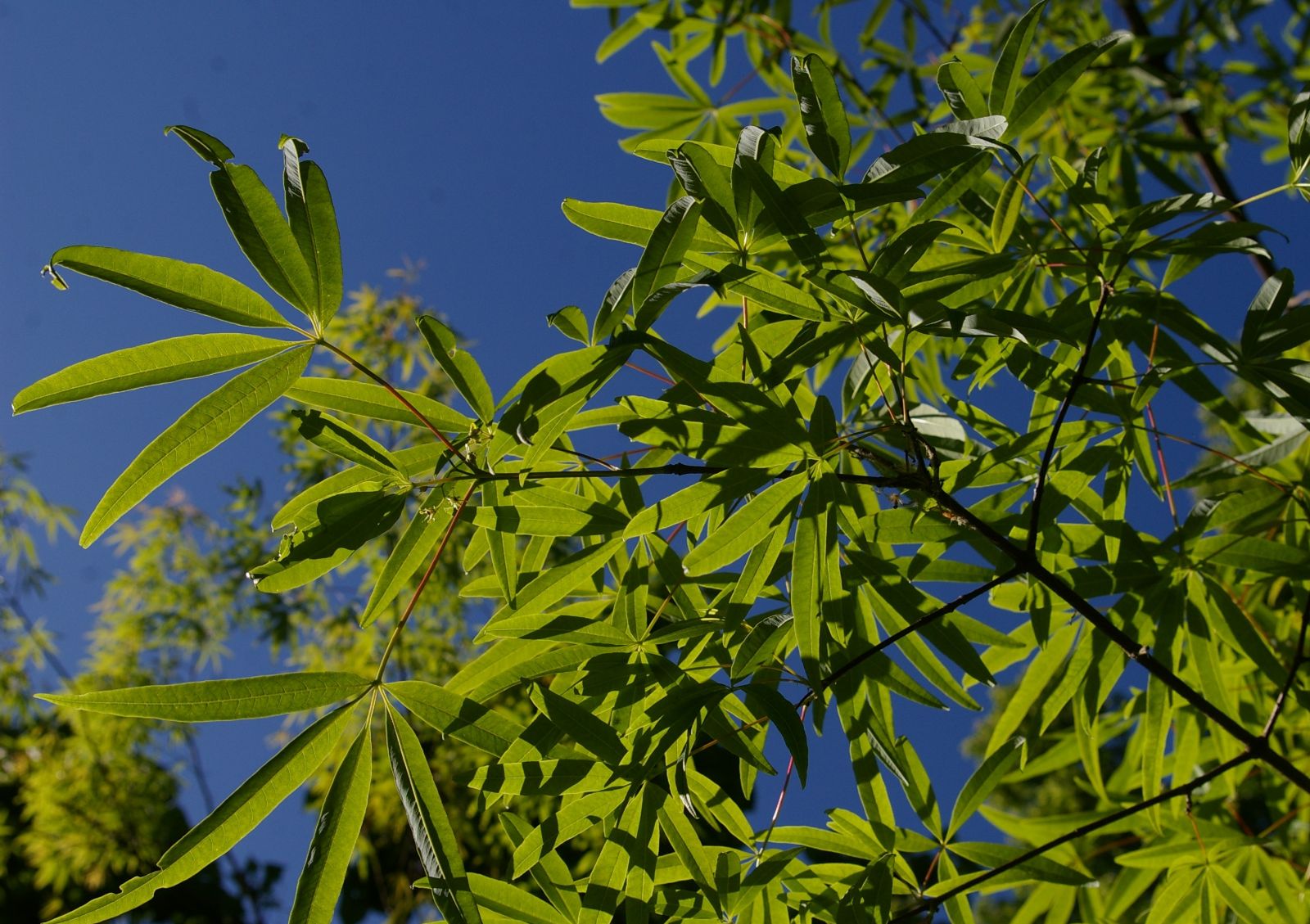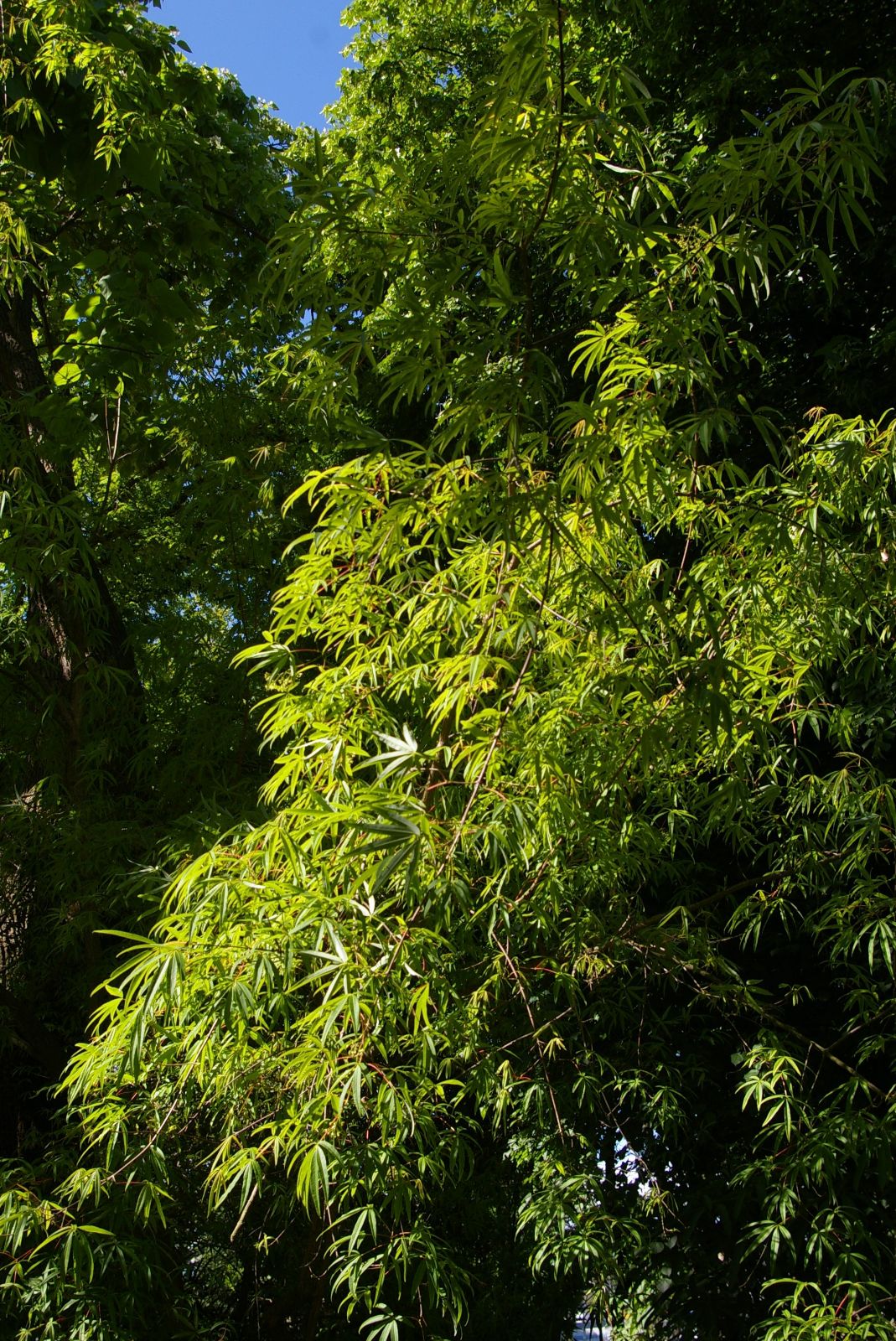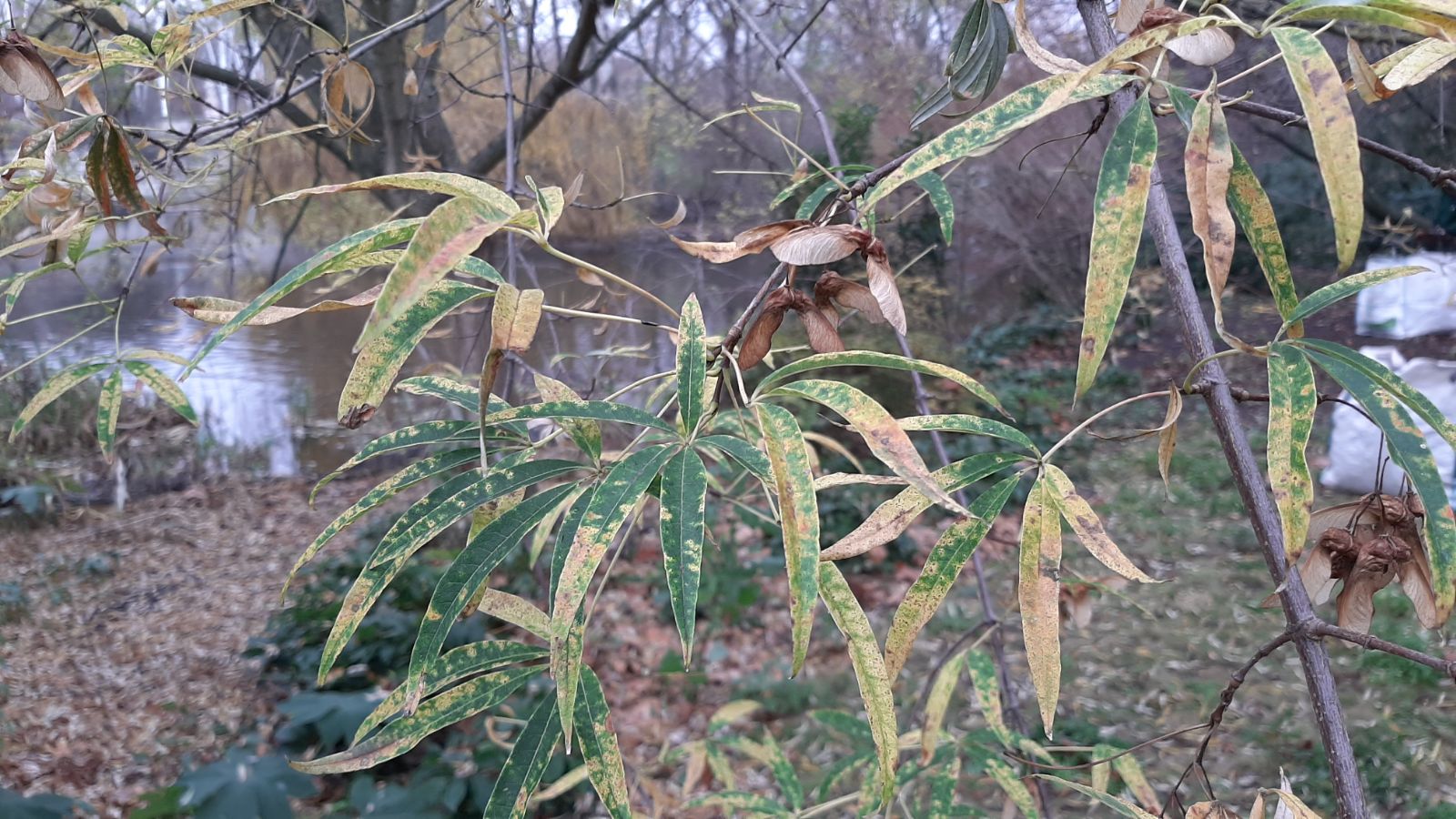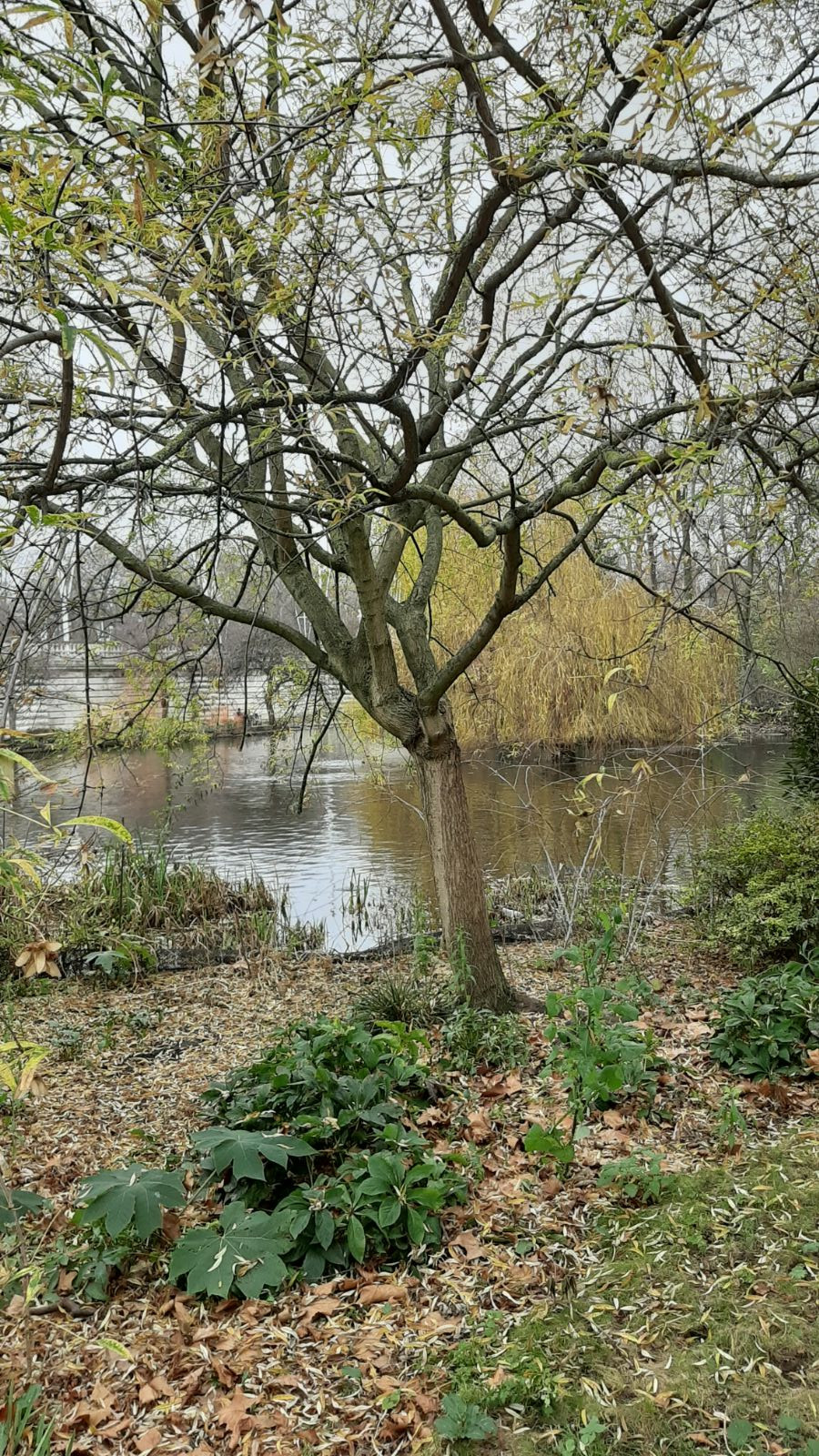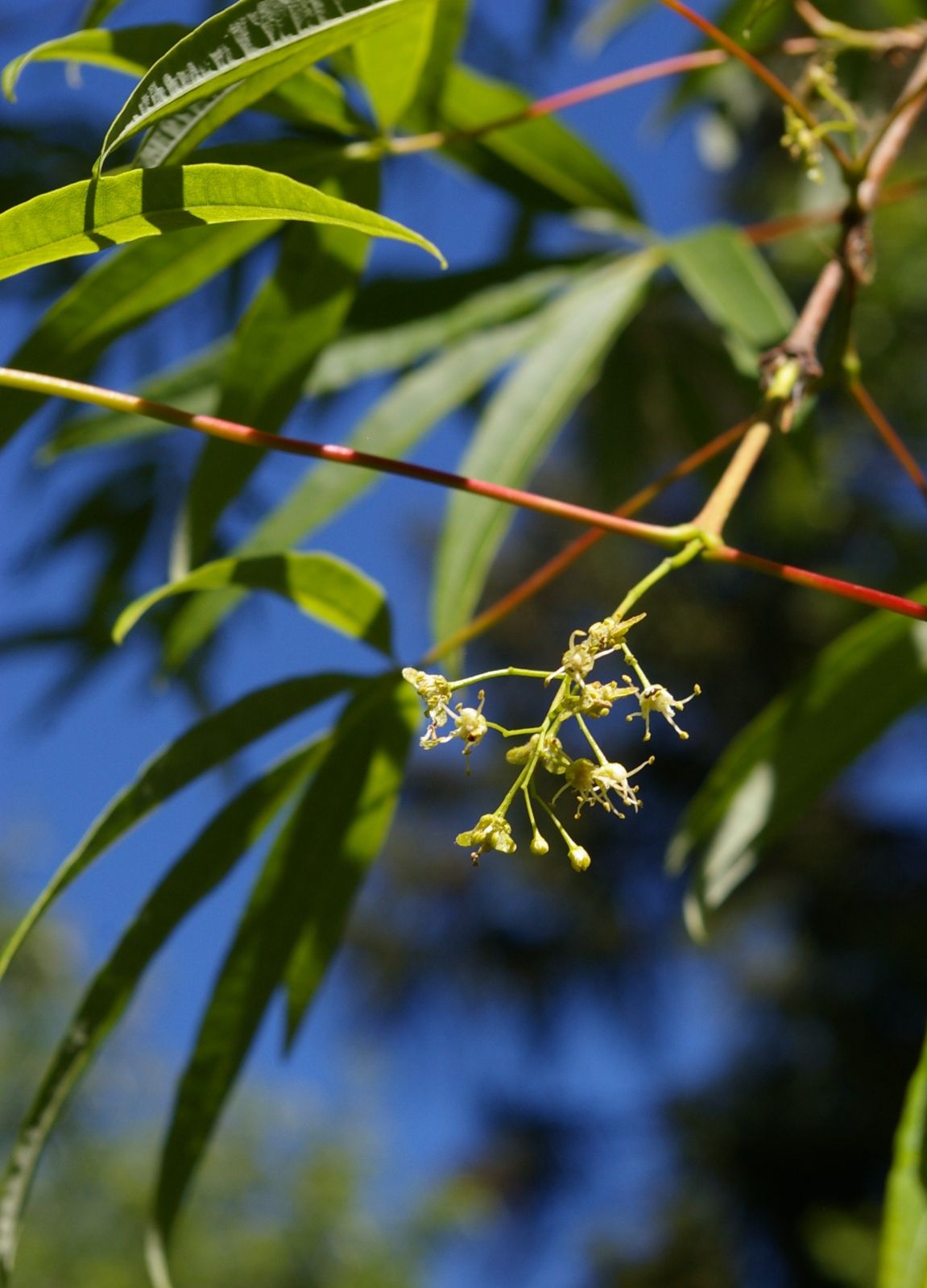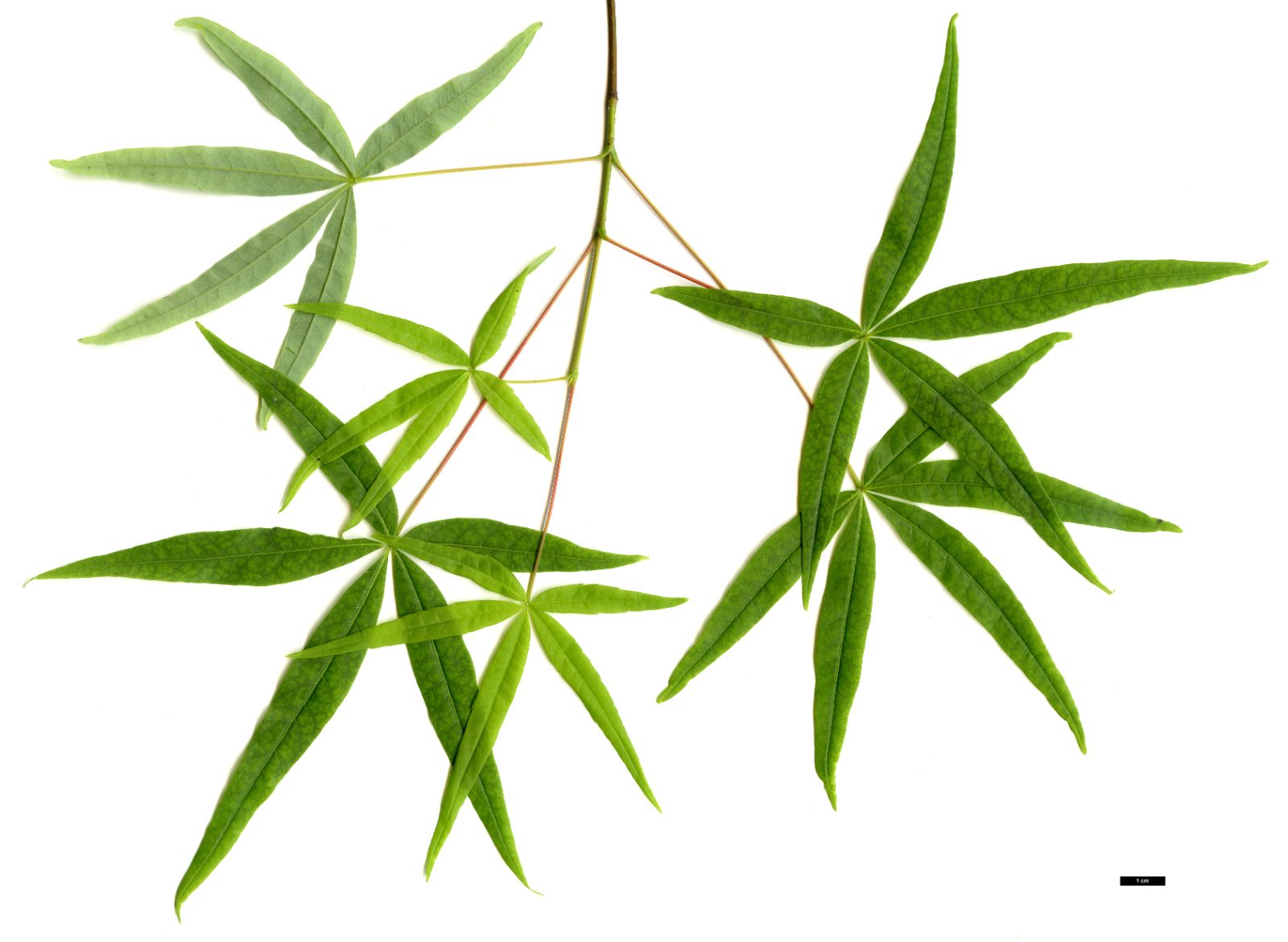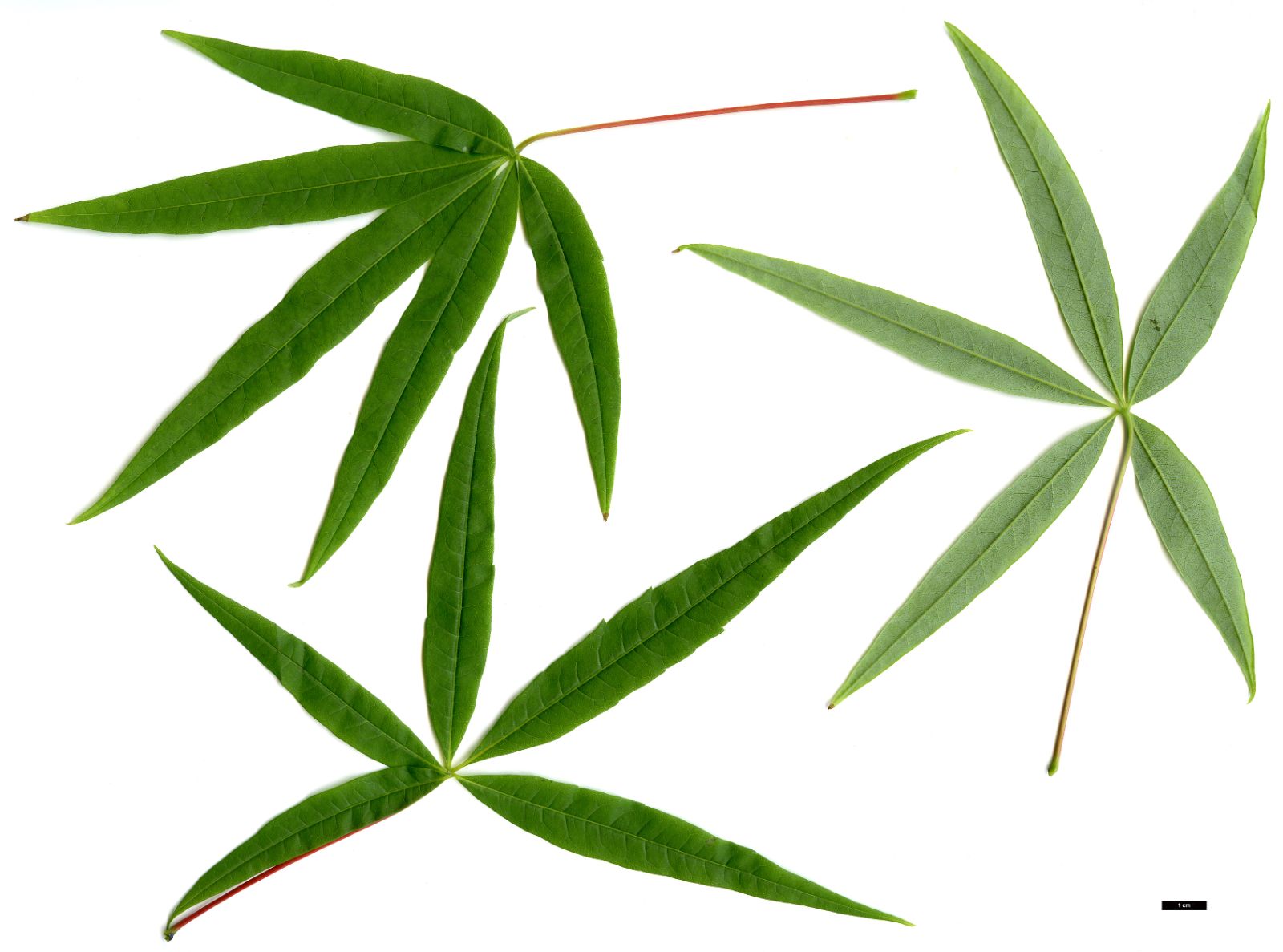Acer pentaphyllum
Sponsor
Kindly sponsored by
a member of the International Dendrology Society
Credits
Article from Bean's Trees and Shrubs Hardy in the British Isles
Recommended citation
'Acer pentaphyllum' from the website Trees and Shrubs Online (treesandshrubsonline.
Genus
Other taxa in genus
- Acer acuminatum
- Acer amplum
- Acer argutum
- Acer barbinerve
- Acer buergerianum
- Acer caesium
- Acer calcaratum
- Acer campbellii
- Acer campestre
- Acer 'Candy Stripe'
- Acer capillipes
- Acer cappadocicum
- Acer carpinifolium
- Acer 'Cascade'
- Acer caudatum
- Acer ceriferum
- Acer chapaense
- Acer chienii
- Acer circinatum
- Acer cissifolium
- Acer × conspicuum
- Acer cordatum
- Acer coriaceifolium
- Acer × coriaceum
- Acer crataegifolium
- Acer davidii
- Acer diabolicum
- Acer distylum
- Acer divergens
- Acer duplicatoserratum
- Acer elegantulum
- Acer erianthum
- Acer 'Esk Flamingo'
- Acer fargesii
- Acer fenzelianum
- Acer flabellatum
- Acer forrestii
- Acer franchetii
- Acer × freemanii
- Acer fulvescens
- Acer 'Gimborn'
- Acer ginnala
- Acer glabrum
- Acer 'Gold Coin'
- Acer granatense
- Acer grandidentatum
- Acer griseum
- Acer heldreichii
- Acer henryi
- Acer × hillieri
- Acer hookeri
- Acer hyrcanum
- Acer japonicum
- Acer kawakamii
- Acer komarovii
- Acer laevigatum
- Acer laurinum
- Acer laxiflorum
- Acer lobelii
- Acer longipes
- Acer macrophyllum
- Acer mandshuricum
- Acer maximowiczianum
- Acer maximowiczii
- Acer metcalfii
- Acer miaotaiense
- Acer micranthum
- Acer 'Mindavi'
- Acer 'Minorient'
- Acer miyabei
- Acer miyabei × campestre
- Acer monspessulanum
- Acer morifolium
- Acer 'Mozart'
- Acer oblongum
- Acer obtusifolium
- Acer okamotoanum
- Acer oliverianum
- Acer opalus
- Acer orientale
- Acer palmatum
- Acer papilio
- Acer pauciflorum
- Acer pectinatum
- Acer pensylvanicum
- Acer pentapotamicum
- Acer pictum
- Acer pilosum
- Acer pinnatinervium
- Acer platanoides
- Acer platanoides × amplum
- Acer platanoides × truncatum
- Acer × pseudoheldreichii
- Acer pseudoplatanus
- Acer pseudosieboldianum
- Acer pubinerve
- Acer pycnanthum
- Acer rubescens
- Acer rubrum
- Acer rufinerve
- Acer saccharinum
- Acer saccharum
- Acer sempervirens
- Acer 'Serpentine'
- Acer serrulatum
- Acer shenkanense
- Acer sieboldianum
- Acer sikkimense
- Acer 'Silver Cardinal'
- Acer 'Silver Ghost'
- Acer sinense
- Acer sinopurpurascens
- Acer spicatum
- Acer stachyophyllum
- Acer taronense
- Acer tataricum
- Acer tegmentosum
- Acer tenellum
- Acer tetramerum
- Acer tibetense
- Acer tonkinense
- Acer triflorum
- Acer truncatum
- Acer tschonoskii
- Acer turkestanicum
- Acer tutcheri
- Acer ukurunduense
- Acer velutinum
- Acer wardii
- Acer 'White Tigress'
- Acer wilsonii
- Acer × zoeschense
This maple, which appears to be very rare in the wild state, was discovered by Joseph Rock in the valley of the Yalung, Szechwan, China, in July 1929, and introduced by him at the same time under his No. 17819. Plants were raised and distributed by Messrs Hillier but none have been traced, and the only known adult specimens outside China grow at the Strybing Arboretum, Golden Gate Park, San Francisco. Rock recorded it in his Field Notes as a tree to 30 ft high, with spreading branches and an ash-coloured bark. The leaves are digitately compound, with four to seven leaflets; main stalk reddish or brownish, 13⁄4 to 22⁄6 in. long; lowermost leaflets almost sessile, the upper ones on short stalks; they are glabrous, glaucous beneath, lanceolate, tapered at the base, blunt at the apex, the middle ones 3 in. long, 3⁄5 in. wide. Flowers not seen. Fruits in lax corymbs; wings spreading at a wide angle, 4⁄5 in. long; nutlets downy, 1⁄5 in. wide.
It has been placed provisionally in Section Trifoliata, but differs from the other members of the section (of which A. griseum and nikoense are the most important) in having four to seven leaflets in each leaf.
From the Supplement (Vol. V)
The relationship of this species is not with section Trifoliata, to which it was provisionally assigned, but with section Oblonga (Integrifolia), of which A. buergerianum and A. oblongum are the best-known species. But despite having several botanical characters in common with members of this section, it is quite distinct in its palmately compound leaves, and ranks as a monotypic series.
The original trees in Golden Gate Park, San Francisco, grow in shade and fruit infrequently. But a propagation at Marshall Olbrick’s Western Hills nursery near San Francisco produces good seed, and a specimen now in the Ventnor Botanic Garden, Isle of Wight, was raised from this by Messrs Hillier. It is about 15 ft high and suffered no damage from the frosty spells early in 1985 and 1986. In less favoured gardens it may prove to be less reliably hardy, and it is advisable to protect young plants, which are certainly tender.
A. pentaphyllum is now firmly established in cultivation and available from some nurseries in Britain. This is as well, since Mr Vertrees has been informed that only some two or three hundred trees remain in the wild. A portrait appears in his book on p. 155.

